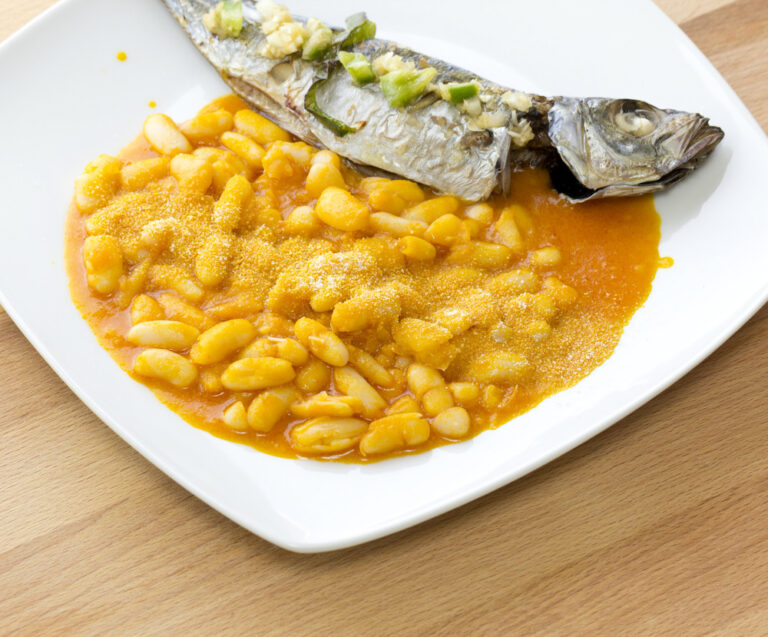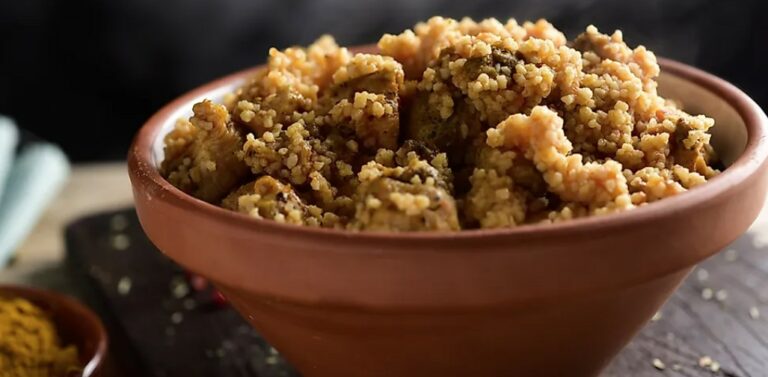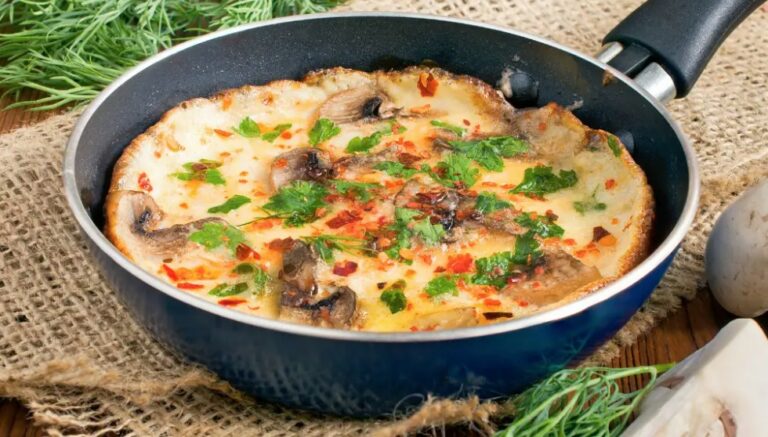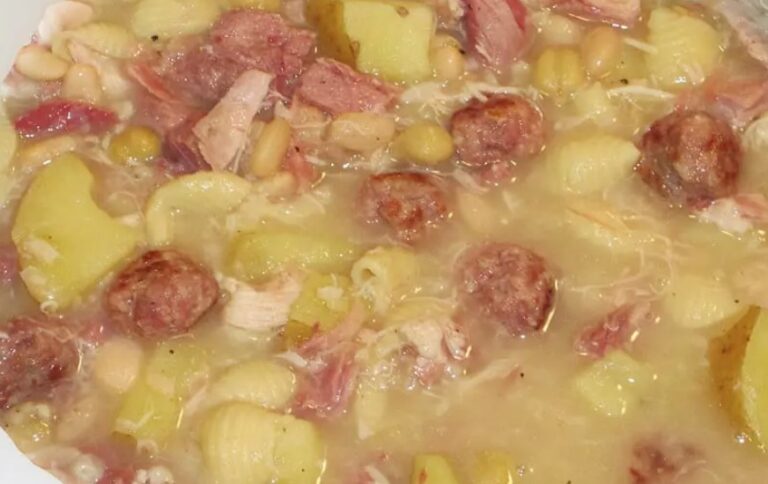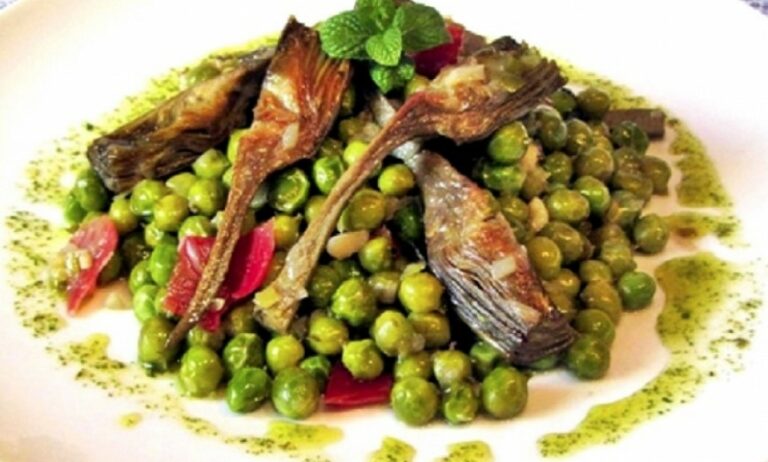Introduction: Andorra and its cuisine
Andorra is a small country in Europe, known for its stunning mountain landscapes, skiing resorts, and tax-free shopping. But what about its cuisine? Despite its small size, Andorra has a rich culinary tradition, influenced by Catalan, French, and Spanish cuisine. Andorran dishes feature local ingredients such as mountain herbs, mushrooms, and game meat, as well as imported products like olive oil and wine. In this article, we will explore one aspect of Andorran gastronomy: traditional soups.
Andorran gastronomy: a blend of cultures
As mentioned, Andorran cuisine reflects the country’s history of cultural exchange. The Catalan influence is particularly strong, as Andorra has been part of the Catalan cultural area for centuries. Some of the most popular dishes in Andorra are Catalan specialties such as pa amb tomaquet (bread with tomato) and botifarra (a type of sausage). French cuisine has also left its mark on Andorran gastronomy, especially in terms of pastry and desserts. Lastly, Spanish cuisine has contributed to the use of ingredients such as chorizo and paprika.
The importance of soups in Andorran cuisine
Soups are a staple of Andorran cuisine and are usually served as a first course. They are appreciated for their warmth, simplicity, and nourishing qualities. Soups are also a way to use up leftovers and to make the most of seasonal ingredients. In fact, many traditional Andorran soups are made with vegetables and legumes that are grown locally, such as cabbage, beans, and potatoes. Soups are also a way to showcase the diversity of Andorran gastronomy, as there are many different types of soups depending on the region and the season.
Traditional Andorran soups: what are they?
There are many traditional Andorran soups, each with its own unique flavor and texture. Some soups are creamy and filling, while others are light and refreshing. Some soups are vegetarian, while others feature meat or fish. Here are three examples of traditional Andorran soups:
Escudella i carn d’olla: the most popular Andorran soup
Escudella i carn d’olla is a hearty soup that is considered the national dish of Andorra. It is a type of stew that is composed of vegetables, meat (usually pork), and legumes. The soup is simmered for several hours, allowing the flavors to blend together. Escudella i carn d’olla is often served with pasta or rice and is a popular dish during the Christmas season.
Trinxat: a surprising Andorran soup
Trinxat is a soup that is made with cabbage, potatoes, and bacon. The ingredients are boiled together and then mashed into a puree. Trinxat is often served with bread and is a comforting dish on a cold day. It is a surprising soup because it is not often found in other cuisines.
Cunillo: an Andorran soup with a twist
Cunillo is a soup that is made with rabbit meat, garlic, and tomato. The soup is flavored with thyme and paprika, giving it a rich and spicy flavor. Cunillo is a twist on traditional Spanish gazpacho, which is a cold soup made with tomatoes and peppers. Cunillo is served hot and is a popular dish on festive occasions.
Conclusion: exploring Andorran soups is a must!
Andorra may be a small country, but its cuisine is diverse and flavorful. Soups are an essential part of Andorran gastronomy, reflecting the country’s history and culture. Whether you prefer creamy stews or light purees, there is a traditional Andorran soup for every taste. Exploring Andorran soups is not only a delicious experience but also a way to discover the richness and diversity of this hidden gem of Europe.



